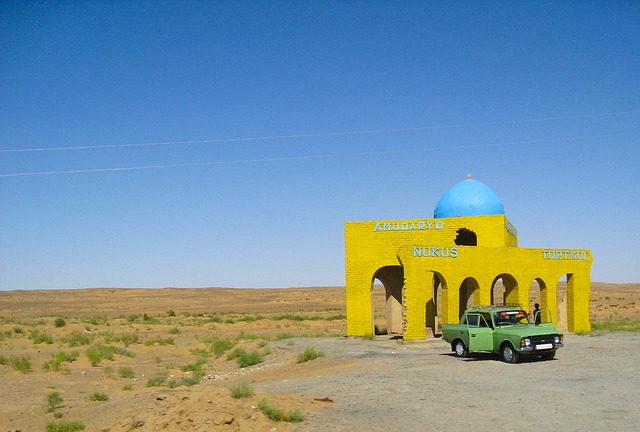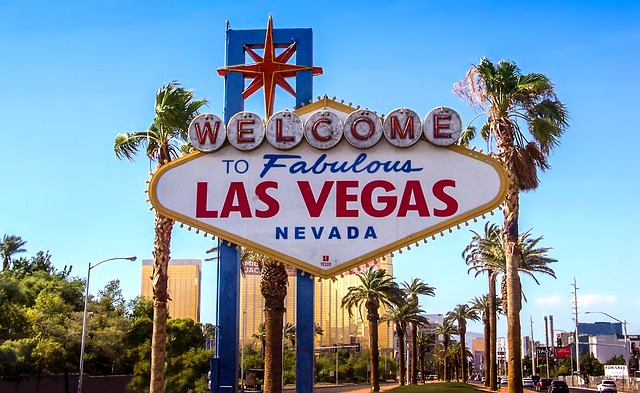Few landscapes on earth offer such challenging living conditions. Habitats that seem devoid of life and traces of civilization test the physical and mental stamina of those who visit them. But why go there? It is simple: because there are places that offer something incredible, both natural and the product of human activity.
Mojave Desert, USA
Located in the southwestern United States. It straddles the states of California, Utah, Arizona, and Nevada. It is home to one of the most famous cities in the U.S., aside from the world-famous Death Valley, where the world\’s highest temperature (56.7°C) was observed. Located in the middle of the wilderness, Las Vegas has developed as a gambling town. Millions of tourists travel here as they travel around the United States to soak up the atmosphere of the legendary Las Vegas Strip (a boulevard lined with giant casinos).
Bolivia, Altiplano
High in the mountains. This inhospitable environment offers one of the most bizarre tourist destinations: the train cemetery. An old railroad runs near the small, remote town of Uyuni, and hundreds of locomotives and freight cars left behind by the colonists who mined the minerals are scattered, rusting away in the surrounding area. However, with the mining of the reserves, the railroad became unnecessary and the authorities left everything in the desert. The place has an apocalyptic atmosphere.
Sahara Desert, Africa
The world\’s largest desert has much to offer. Let me introduce you to the city of Timbuktu, which was an important point on the route of goods from the Gulf of Guinea to Europe during the Middle Ages and modern times. At its peak, it was one of the wealthiest cities in the world. As a result, there are opulent palaces and tombs of local merchants. Now the city is being swallowed by the slowly expanding sands of the Sahara.
Karakum, Turkmenistan
The Turan Plain of Central Asia hides within it one of Turkmenistan\’s few tourist attractions. And its creation, though seemingly unattainable, is the work of human hands. It is the entrance to Hell, located near the oasis of Darwaza. The crater, in the middle of a vast plain, can be seen from a distance at night. And it has been there for 41 years. Soviet engineers drilled a hole in the ceiling of the cave looking for gas deposits, but it collapsed and gas began leaking. To prevent the air from being polluted, they set the gas on fire, saying the reserves would burn out in 14 days. But the gas has been burning for nearly half a century!